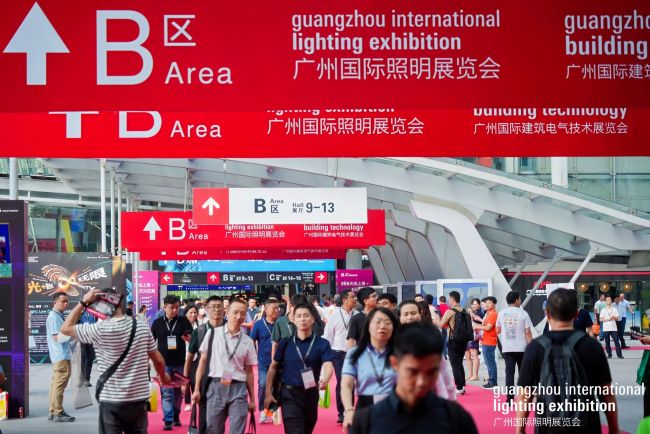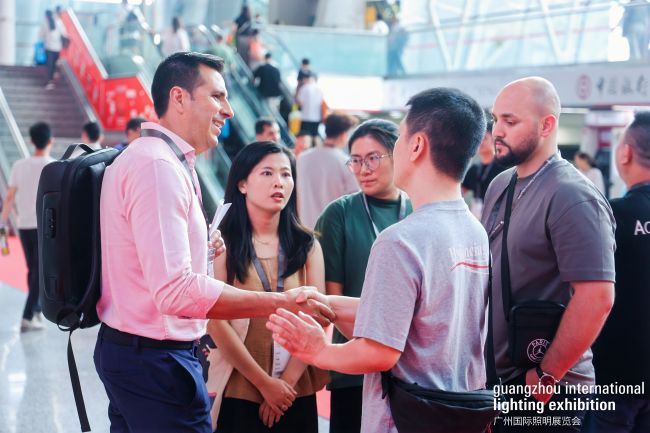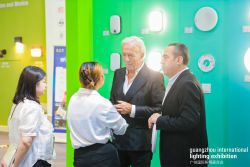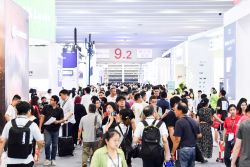|
|||
| Industry News | <Search <Archives <eBulletin Next> | ||
May 30, 2025 From Berlin to Guangzhou: How lighting trends transcend borders Lighting technology is evolving rapidly, driven by sustainability and human-centric solutions. China remains a key player in this transformation, leveraging scale, adaptability, and ambition to shape industry trends. The Guangzhou International Lighting Exhibition (GILE) 2025, from June 9 to 12, will showcase innovations that define the future of lighting. Carla Wilkins, Creative Director at Lichtvision, brings a global perspective to lighting design. She will lead guided tours at GILE 2025, focusing on technology and sustainability. Her work spans projects in Hong Kong, Singapore, Qatar, and Germany, making her well-positioned to highlight emerging trends. Wilkins underscores the importance of sustainability, advocating for a holistic approach that considers the lifecycle of lighting products. European industries prioritize reducing carbon footprints and making fixtures recyclable and upgradable. She emphasizes that even conventional materials like steel and plastic can be sustainable if reused responsibly. The industry must shift toward repair and reuse, extending product longevity. Natural daylight and smart lighting controls play a significant role in sustainability. Wilkins highlights that sunlight is the most efficient energy source, benefiting well-being while reducing power consumption. Automated, daylight-responsive systems and intelligent sensors enhance energy efficiency while maintaining comfort. European regulations, including the Green Deal and Circular Economy Action Plan, push for sustainable product design. Since much of a product’s environmental impact stems from its design phase, manufacturers must prioritize repairability and recyclability. Human-centric lighting is another growing trend, improving both physiological and psychological well-being. Wilkins notes that lighting design must strike a balance between sustainability and health, ensuring that illumination supports natural biological rhythms. Industries are seeing a generational shift in attitudes toward well-being and sustainability. Younger professionals expect workplaces to promote comfort and balance, forcing employers to prioritize environmental and employee-friendly initiatives. Responsible design fosters motivation and engagement, benefiting both workers and businesses. China is increasingly embracing these trends. Companies are optimizing fixture placement for maintenance efficiency, minimizing light pollution, and adopting smart lighting controls to reduce energy consumption. Human-centric lighting, originally rooted in European designs, is becoming a global standard. Chinese projects now explore how full-spectrum lighting enhances well-being.  China’s lighting industry stands out for its scale, speed, and ambitious designs. Wilkins notes that lighting here is often expressive and symbolic, contributing to urban identity. Technological innovations, including advanced LEDs and smart controls, give designers creative flexibility while meeting practical demands. China is a global leader in lighting manufacturing, delivering high-quality products and demonstrating strong adaptability. The proactive mindset of Chinese companies is evident in their willingness to embrace solutions efficiently. Compared to Europe, where hesitation can slow innovation, China’s “Yes, we can do it” approach fosters rapid progress. The EU-China trade relationship remains strong, with trade reaching USD 780 billion in 2025. Both regions collaborate to ensure fair market practices and supply chain resilience. GILE 2025 will feature over 3,000 exhibitors showcasing cutting-edge lighting technology, reinforcing China’s role in shaping the future of the industry.  |
|
Copyright © Building.hk All rights reserved.
|

